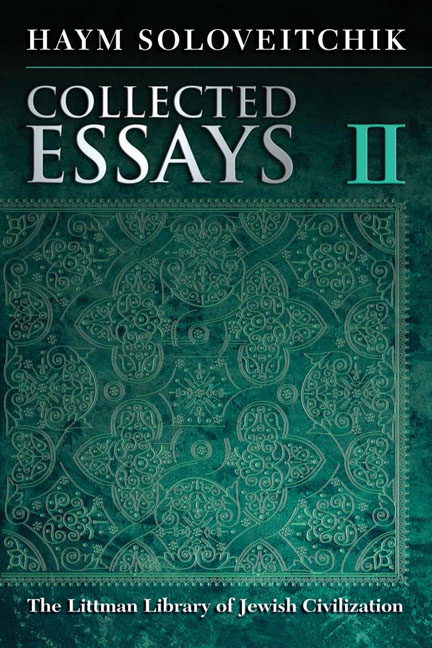Book contents
- Frontmatter
- Dedication
- Preface
- Acknowledgments
- Contents
- Note on Transliteration and Conventions Used in the Text
- PART I RE-EVALUATION OF ELEVENTH-CENTURY ASHKENAZ
- PART II MARTYRDOM UNDER CROSS AND CRESCENT INTRODUCTION
- PART III MISHNEH TORAH
- Bibliography of Manuscripts
- Source Acknowledgments
- Index of Names
- Index of Places
- Index of Subjects
3 - Minhag Ashkenaz ha-Kadmon: An Assessment
- Frontmatter
- Dedication
- Preface
- Acknowledgments
- Contents
- Note on Transliteration and Conventions Used in the Text
- PART I RE-EVALUATION OF ELEVENTH-CENTURY ASHKENAZ
- PART II MARTYRDOM UNDER CROSS AND CRESCENT INTRODUCTION
- PART III MISHNEH TORAH
- Bibliography of Manuscripts
- Source Acknowledgments
- Index of Names
- Index of Places
- Index of Subjects
Summary
IN A LENGTHY and influential article Israel M. Ta-Shma has portrayed the unique significance and force that ‘custom’ (minhag) possessed in Ashkenaz, wholly unlike the subsidiary role that it played in other west European Jewish cultures of the Middle Ages. In Early Ashkenaz (c.950–1096) religious life was conducted according to custom and custom alone. When a conflict was detected between the prescriptions of the Talmud and popular practice, the latter prevailed—not simply by force of habit, but out of the deep conviction that the law embodied in the traditional conduct of the people should override any formal, written dictate. In the course of the twelfth century the law inscribed in the Talmud came to predominate in Ashkenaz, but only after a bitter struggle with custom. Ta-Shma attributes this distinctive view of the power of established practice to the Palestinian origins of the Ashkenazic community. The Palestinian Talmud (Yerushalmi), in sharp contrast to the Babylonian (Bavli), was of the opinion that custom overruled the dictates of prescriptive law—minhag mevattel halakhah.
Preliminary Observations
One of Ta-Shma's major sources—in one sense, the major source of his argument— is the Ma’aseh ha-Ge’onim, a collection of responsa, rulings, practices, and customs of Early Ashkenaz compiled at the turn of the eleventh and twelfth centuries by the Makirites, the four industrious sons of R. Makhir of Mainz. Before evaluating his thesis, I would like to locate this singular collection— so pivotal to his argument—among the works of medieval Ashkenaz and particularly in the literature of the eleventh century. Three observations are in place.
1. Ta-Shma states repeatedly that there is nothing like the Ma’aseh ha- Ge’onim in the literature of Provence or in that of Spain. Indeed, there isn’t. There is equally nothing like the Sifrut de-Vei Rashi in these cultures, and the two absences are related. Rashi's commentary on the Talmud, which gave unprecedented precision to talmudic dicta and discussions, entailed a complete audit of Jewish religious life. This was never the purpose of his commentary, only its inevitable consequence. In some instances, such as tractate ’Avodah Zarah, his work constituted a revolution;3 in others, the newly won clarity led to revisions of the received wisdom and practices of the Ashkenazic community.
- Type
- Chapter
- Information
- Collected EssaysVolume II, pp. 29 - 69Publisher: Liverpool University PressPrint publication year: 2014

